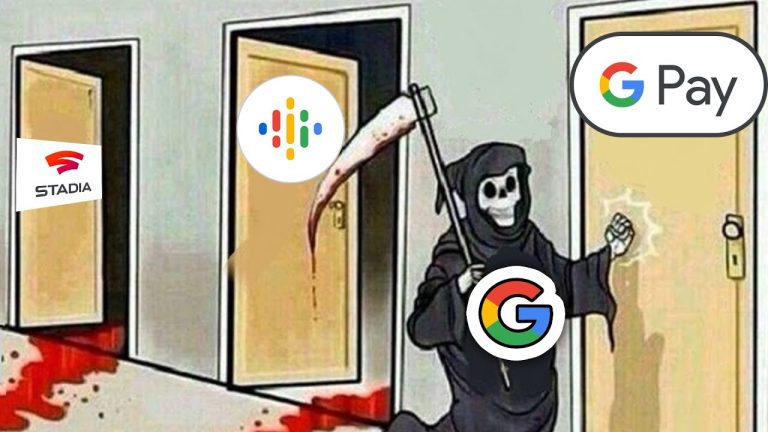Google Trends Search For SEO
This is a blog post about Daniel Waisberg, search advocate at Google. And Hadas Jacobi, Google Trends engineer.
Google Trends is a great tool for finding trending and popular keywords, you can then build an SEO-optimised page for that keyword and attract more website visitors.
Take a look yourself;
trends.google.com/trends/?geo=GB
trends.google.com/trends/?geo=US
Google Trends Search for SEO is a free tool that shows how often specific keywords are searched over time.
It helps marketers and website owners identify popular topics, seasonal trends, and rising search terms to optimise content and improve search engine visibility.
Google Trends
Let us talk about how to use Google Trends search to help your site be successful in Google search, and discuss SEO tips that can help you produce high-quality content inspired by search interest.

SEO
Search engine optimization, or SEO, focuses on two main areas– helping search engines understand your content, and also helping users find your site by improving your presence in search results.
I would hate to be the first one to tell you, but there are no special secrets that will rank your site first on Google.
However, there are several best practices that can make it easier for search engines, not just Google, to crawl, index, and understand your content.
SEO techniques involve a lot of areas, including technical or policy requirements and content optimization.

Staying Up To Date
We can summarize how Google Trends Search can help SEOs into four main areas– staying up-to-date with the rising topics and terms, performing keyword research, and creating a content calendar.
One of the important aspects of SEO is to be continuously on top of rising trends, knowing when a new topic or search term is becoming popular in your industry.
For example, if you do SEO for a fashion company, you might want to know when new brands are starting to rise.
If you cover sports for a news company, you might want to know when important athletes are in the media. Or if you sell computers, you might want to know which models are getting more popular.
If you know a search term is rising or likely to rise in the future, you can get ready with high-quality content for search users.
But you need to be alert, ready to grab the opportunity as it comes, just like that. Google Trends Search offers you multiple ways to monitor trends.
Google Trends search can also be extremely valuable when performing keyword research.
This is the practice of identifying the words and phrases your audience uses to search for information you offer.
You can use Google Trends search to identify terms and topics that are relevant to your target audience and identify which of them has a high or fast-growing search volume.

The Cheese Example

Let’s say you have a cheese website, and you’d like to know what people are searching related to it.
The first thing you can do is to search for the topic cheese and check the trends for the past five years. It seems pretty stable.
If you scroll down, you’ll find two cards — one for related topics and one for related queries. Choose Top in the dropdown to get ideas on which topics and queries already generate a lot of interest, and choose Rising to get a sense of what has been getting more attention lately.
Don’t forget to look further through the pagination if available. You’ll notice that there may be queries in other languages.
You can use that to decide whether you want to translate your content or keep it only in your main language.
You can also compare different types of cheeses to identify content gaps on your site. For example — let’s compare Gruyère, Brie, Parmesan, Ricotta, and Cottage.

Never Miss A Trick
If you see this google search trends data, and realize you don’t have a Ricotta section on your site, you might be missing out on traffic. When you scroll down this page, you’ll find Google Trends search data for each of the selected cheese types.
You’ll see which country searches for which cheese, and also related queries for each of them. Lastly, you can use the Related Search Terms card to find close variants to your main keywords.
You can do that by looking at the search terms you’re focusing on and checking related terms that could also be relevant to your audience.

Prioritizing Topics
Hopefully, we’ve given you some ideas on where to start before creating content. Let’s look now at how to prioritize them.
You can’t write about everything at once. To structure these ideas, pick the trending topics and queries you found interesting, and create a content calendar.
To help you prioritize the topics you’ll focus on, try to find seasonal trends in the data. For example, if you look at search interest for the past five years for Gruyère and Brie cheese, you’ll notice that they have a very clear pattern. They both peak around the end-of-year holidays.
With that information, you can plan ahead and have high-quality content available on your site a little before that time so that, when people search for those terms, your content will be ready for them.

Optimise For Location
One thing to keep in mind is the location of your audience. When setting your priorities, you should make sure you’re optimizing for the right people.
For example, if your audience is in the United States, maybe you should create content about both Gruyère and Brie for Thanksgiving, and also, towards the end of the year.
But if your audience is in the United Kingdom, you might want to focus only on Brie and mostly publish with the end-of-year holidays in mind, and maybe throw in some Stilton while you’re at it.
Google Trends search can be a great source when planning your video strategy on YouTube. Everything mentioned in this episode is also relevant for YouTube searches.
Let’s say you’re trying to get more visibility on YouTube, and you’re working on improving your channel SEO.
There are a lot of things you should do when it comes to your video content, but you can start by focusing on your video titles and descriptions.
Suppose you’re considering two different areas to create videos for– cheese recipes and cheese sandwiches.

Use Google Trends Search For Both.
Here, we’re looking at web search results, and you can see that searchers are more interested in recipes than in sandwiches.
However, when you change from a web search to a YouTube search, you can see that the trends are the opposite. People are more interested in cheese sandwiches on YouTube.
It’s important to understand your audience before you start investing in video creation. Google Trends search can help you avoid smelly content strategies.
It will show you what’s hot and what’s getting mouldy, so your ideas stay fresh.
Google Trends search can be very helpful for SEOs to stay up-to-date with rising topics and terms, to perform keyword research, to create a content calendar, and to plan a video strategy on YouTube.







